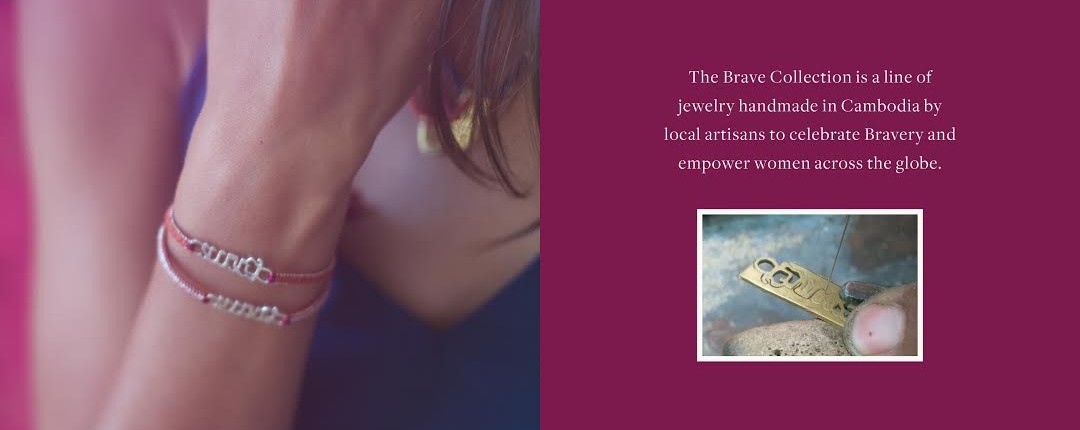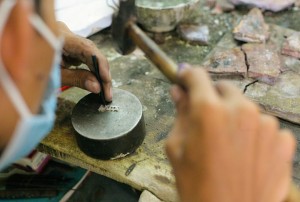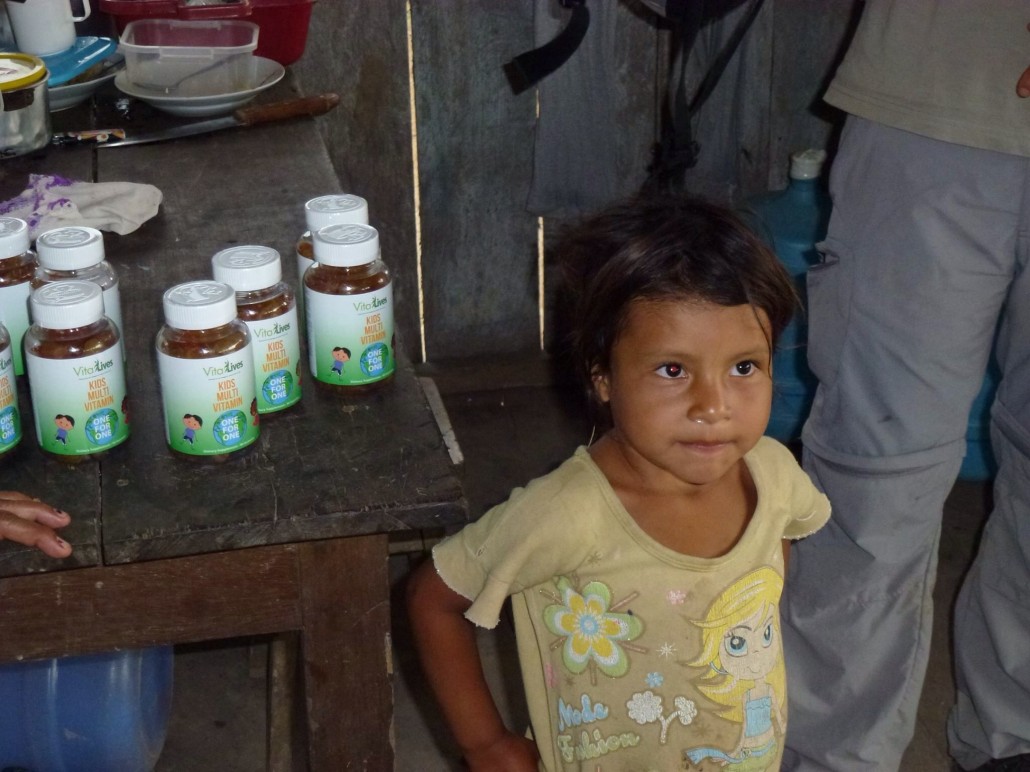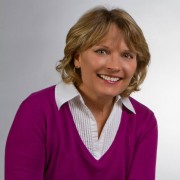Celebrate Women’s Empowerment Across the Globe with a Bracelet
I was teaching English in Thailand when I decided to travel to Cambodia to see the famous temples of Angkor Wat — a magical city of ancient Buddhist and Hindu temples built 1,000 years ago. I was mesmerized by the craftsmanship and spirituality of the incredible Khmer culture, and fell in love with the warmth and wisdom of the people who live today in the “Kingdom of Wonder”.
Swollen with love, I was struck to the core when I learned that 90% of the artists in Cambodia were killed in the 1970s genocide, along with one-third of the population. A once flourishing culture was decimated, leaving behind a sea of sweatshops and impoverished farms, and very little opportunity to build a better life – especially for women. Worse still, I learned, is the prevalence of human trafficking, which claims an estimated 30 million victims across the globe, and thousands in Cambodia alone where poverty is rampant and opportunities for a dignified job are rare, and often fraught with the danger and manipulation of false promises.
Heartbroken by the reality of the challenges for women across the globe, I picked up a copy of Half the Sky: Turning Oppression into Opportunity for Women Worldwide, eager to educate myself on the difficult realities. Sharing stories from my travels and from this book to people in my life was difficult – even the most sensitive, highly educated of my friends seemed to go a bit numb when I tried to talk about issues of global poverty and modern day slavery. It was too sad, too far away, too irrelevant even.
I yearned to connect with women back home on a deeper level – to paint a picture for them of what I had seen: The beauty and the struggle, and most of all the incredible opportunity for change.
I grew up in my family’s jewelry store, watching the connection that’s formed between an artisan who makes a piece by hand, and a woman who wears that piece on her skin. I began to wonder if I could use jewelry as a medium to employ artisans in the East, while sparking vital conversations with women in the West.
I returned to Cambodia with the dream of launching The Brave Collection, but began with just one piece: A bracelet co-created by myself and a talented team of Cambodian artisans, that says “Brave” in Khmer, the language of Cambodia.
Today, The Brave Collection is a social business that works to celebrate bravery and empower women across the globe. We provide job opportunities to fair-trade artisans who receive benefits like health insurance and stipends for children’s schooling, and we donate 10% of profits to groups that are fighting human trafficking by supporting survivors or providing creative education and leadership development to girls and women in hopes that they will never be put at risk.

Join us to create a beautiful Back to School for girls from East to West, as we campaign to give more girls across the globe the opportunity for the creative education that will make them Brave, strong, and confident.
About the blogger:
Jessica Hendricks is the founder of The Brave Collection. Hendricks graduated from NYU Tisch School of the Arts, and has been dubbed a Millennial Innovator by MTV and invited to participate in the Tory Burch Foundation’s mentoring series for female entrepreneurs. Connect with The Brave Collection via TheBraveCollection.com, Facebook, Twitter and Instagram.










